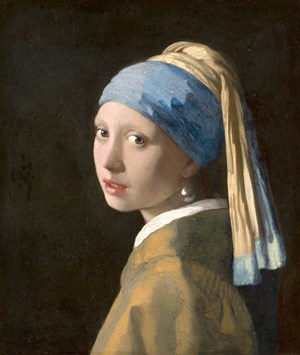
What did the Girl with a Pearl Earring look like when Vermeer applied his final brushstroke to the canvas and he took the -now world-famous painting- off the easel? Are we still looking at the same painting as he once intended? And what painting techniques would he have used? In the freely accessible presentation Who's that Girl? the Mauritshuis shares key research findings on what the Girl must have looked like in 1665. The presentation in the museum's foyer also includes a mega-sized 3D print of the Girl, which you can see ánd touch. Thanks to very advanced research techniques, we have come a whole lot closer to Vermeer.

ArtDependence Magazine is an international magazine covering all spheres of contemporary art, as well as modern and classical art.
ArtDependence features the latest art news, highlighting interviews with today’s most influential artists, galleries, curators, collectors, fair directors and individuals at the axis of the arts.
The magazine also covers series of articles and reviews on critical art events, new publications and other foremost happenings in the art world.
If you would like to submit events or editorial content to ArtDependence Magazine, please feel free to reach the magazine via the contact page.